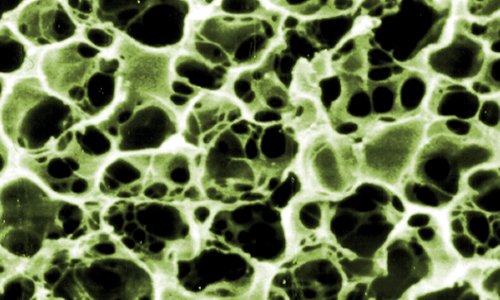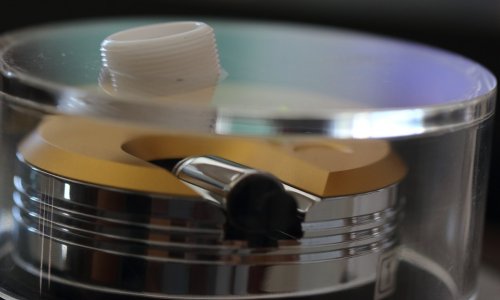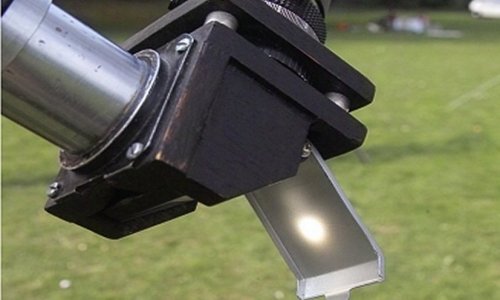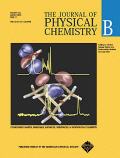J. Phys. Chem.
Micromechanical properties of ‘smart’ gels:
Studies by scanning force and scanning electron microscopy of PNIPAAm.
T. R. Matzelle1, D. A. Ivanov2, D. Landwehr3, L. A. Heinrich3, Ch. Herkt-Bruns3, R. Reichelt4, N. Kruse1
1Chimie Physique des Matériaux, CP 243, Université Libre de Bruxelles, B-1050 Bruxelles, Belgium
2Laboratoire de Physique des Polymères, CP 223, Université Libre de Bruxelles, B-1050 Bruxelles, Belgium
3DEGUSSA AG, CREAVIS Technologies and Innovation, D-45746 Marl, Germany
4Institut für Medizinische Physik und Biophysik, Westfälische Wilhelms-Universität, D-48149 Münster, Germany
Abstract
Mechanical properties of PNIPAAm [poly-(N-isopropylacrylamide)] gel surfaces were studied using scanning force microscopy (SFM) in air or in water at various temperatures below and above the reversible phase transition at ~ 33°C. SFM images of the gel surface were compared with those obtained in dry, swollen, and collapsed states using field emission scanning electron microscopy (FESEM). Images of SFM and FESEM of the dry gel surface revealed similar structural features.
Force vs. displacement curves were measured with both, spherical (µm-sized) and commercial probes. Indentation of the gel surface as a function of the probe load was evaluated to determine the local elastic modulus. For the swollen state at 10°C Young’s modulus was found to be more than 100 times lower than for the collapsed state at 35°C.
Keywords
scanning force microscopy, field emission scanning electron microscopy, stimuli-responsive hydrogel, poly N-isopropylacrylamide (PNIPAAm), Young’s modulus
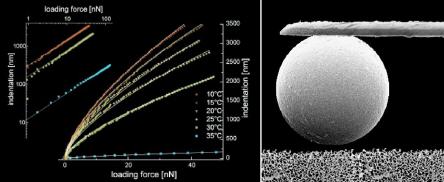
The diagram shows the indentation versus the load at six different temperatures. The experimental data are represented by symbols. Each data set has been simulated using the Hertz theory for a sphere indenting a flat surface (solid lines). The Hertz theory has been used to determine the Young’s modulus at each temperature. The corresponding log-log presentation is given as insert (the graphs for 15 °C, 20 °C and 25 °C are not shown for the sake of clarity). Reprinted with permission from J Phys Chem B 106:2861–2866, Copyright (2002) ACS.
